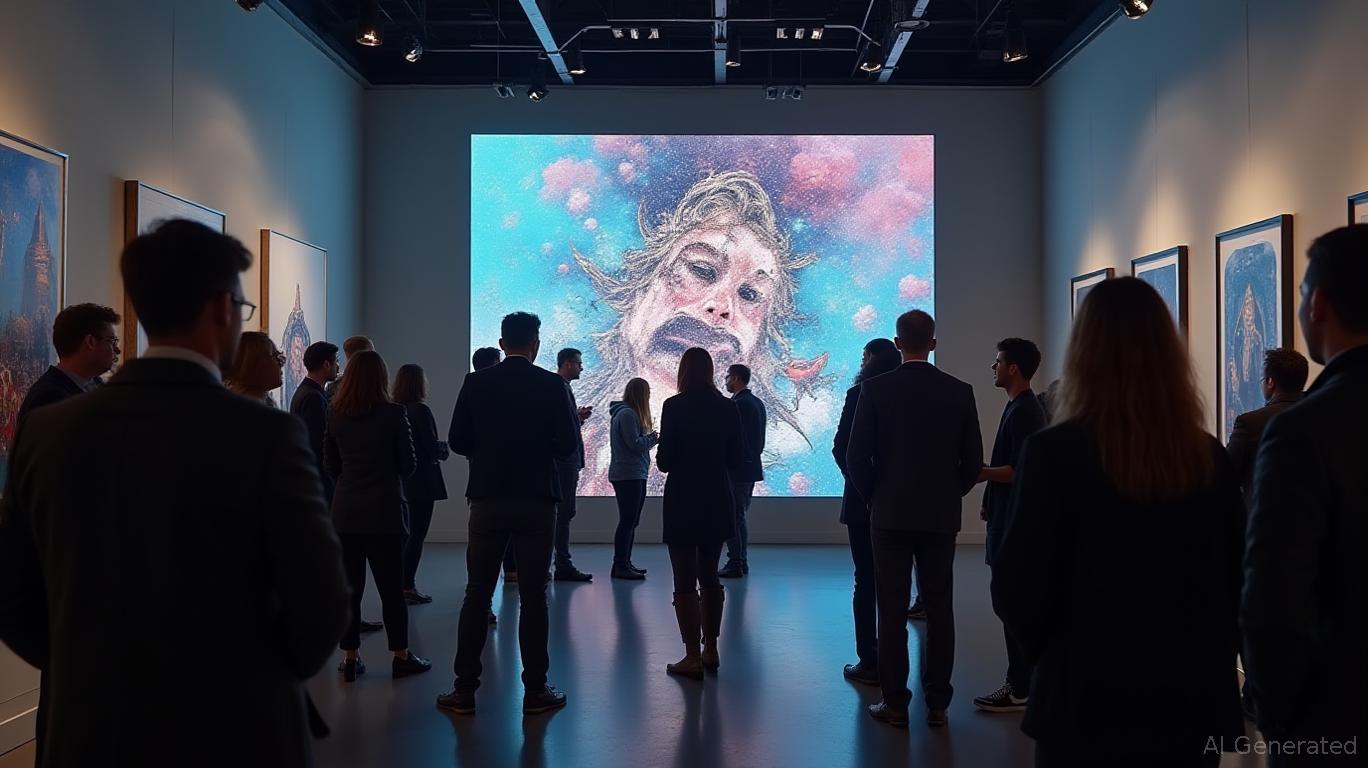AInvest Newsletter
Daily stocks & crypto headlines, free to your inbox
Tokenization is revolutionizing the traditional art world by making it more accessible and inclusive. Imagine owning a fraction of Leonardo da Vinci's "Mona Lisa" or any other renowned masterpiece. This is now possible through tokenization, a process that records ownership of artworks on blockchains, the digital ledgers that power cryptocurrencies. By linking a work of art to thousands of digital tokens, each representing a share in the ownership, tokenization allows for fractional ownership, making luxury art more affordable and accessible to a broader audience.
Fractional ownership brings several advantages to the art market. It makes the market more accessible and attractive, allowing individuals who couldn't afford to own a Da Vinci or a Michaelangelo to buy and sell tokens representing a small stake in those pictures. Blockchain technology ensures secure and transparent ownership, enabling these tokens to be traded efficiently in a peer-to-peer way without intermediaries, resulting in lower costs. This increased liquidity benefits the market, increasing the value and visibility of the assets being traded.
Tokenization is not just a concept; it's already happening. For instance, Renaissance master Raffaello’s “Recto: Study for the Battle of the Milvian Bridge” is being traded as digital tokens on the blockchain. The RAPH token allows anyone to contribute to the preservation and appreciation of this historically significant fine art. Other examples include Picasso’s “Fillette au béret,” whose legal ownership rights were tokenized by a company, and Damien Hirst’s "The Currency,” an experimental project where each of 10,000 unique hand-made spot paintings was linked to an individual NFT.
Tokenized art offers more than just investment opportunities. It provides a way for artists to engage with their audiences innovatively, breaking down geographic barriers and making art easier to sell. The art trade becomes more secure with blockchain technology, reducing the risk of fraud and appealing to investors who prioritize trust and security. Additionally, tokenization can help brands boost their reputations by investing in tokenized art, positioning themselves as patrons of the arts and accumulating social capital.
Blockchain technology has the potential to become as impactful as art itself. It encourages art lovers to not only own a piece of history but also work together to preserve it for future generations. Tokenization is creating a new frontier for art, stretching beyond traditional museums and galleries into the digital realm, where possibilities for collaboration, ownership, and investment are just a few clicks away.

Quickly understand the history and background of various well-known coins

Dec.02 2025

Dec.02 2025

Dec.02 2025

Dec.02 2025

Dec.02 2025
Daily stocks & crypto headlines, free to your inbox
Comments
No comments yet